Introduction
Ghost stories hold an undeniable allure, captivating our imaginations and sending chills down our spines. From timeworn classics to modern tales of terror, these stories of the supernatural contain secrets, tragedies, and mysteries that linger long after the final page. Let’s delve into 15 of the most haunting facts about these iconic ghost stories, shedding light on the unsettling truths that lie beneath their spectral surfaces.
15 Haunting Facts about Famous Ghost Stories
- The real-life inspiration behind Dracula was a bloodthirsty ruler more terrifying than the vampire himself.
- A Japanese ghost story about a vengeful spirit seeking retribution is shockingly linked to real-life events.
- The chilling tale of “The Woman in Black” was inspired by the author’s own encounter with the supernatural.
- One of the most famous exorcism cases inspired an iconic horror movie.
- A ghost story set in a grand hotel has haunted real-life guests for decades.
- A seemingly innocent children’s ghost story possesses a disturbing hidden meaning.
- The author of a famous ghost story may have foreshadowed his own death within its pages.
- Edgar Allan Poe’s death is shrouded in as much mystery as his macabre tales.
- A classic gothic ghost story was born from a playful writing competition amongst famous authors.
- Evidence of a real-life haunting inspired one of the most beloved Christmas ghost stories.
- A famous ghost ship may have been inspired by an actual vessel with a tragic fate.
- Urban legends about vanishing hitchhikers are rooted in unsettling real-life disappearances.
- Many ghost stories draw from ancient folklore and cultural beliefs about the afterlife.
- Some believe sounds and infrasound can create “haunted” experiences and unsettling sensations.
- The fear spurred by ghost stories has an evolutionary basis and speaks to our primal instincts.
Fact 1: The real-life inspiration behind Dracula was a bloodthirsty ruler more terrifying than the vampire himself.
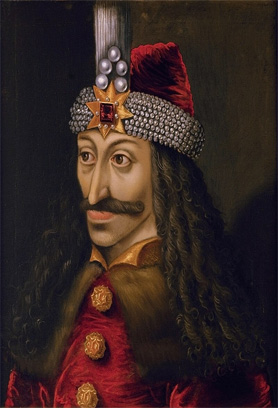
Bram Stoker’s iconic vampire, Count Dracula, wasn’t merely a product of the imagination. The horrifying figure draws heavily from Vlad III, Prince of Wallachia, also known as Vlad the Impaler. This 15th-century ruler was infamous for his brutal tactics, including impaling his enemies on stakes, leaving them to die in agony. Vlad’s reputation for bloodshed and cruelty, combined with local legends of the undead, helped shape the Dracula mythos that still haunts us today.
Fact 2: A Japanese ghost story about a vengeful spirit seeking retribution is shockingly linked to real-life events.

The chilling story of “Yotsuya Kaidan” tells of a murdered wife, Oiwa, whose vengeful spirit returns to torment her unfaithful husband. Incredibly, this story mirrors a true account of a 17th-century samurai who poisoned his wife out of lust for another woman. Folklore and this real-life tragedy intertwined, creating a powerful and enduring ghost story that serves as a cautionary tale about loyalty and betrayal.
Fact 3: The chilling tale of “The Woman in Black” was inspired by the author’s own encounter with the supernatural.
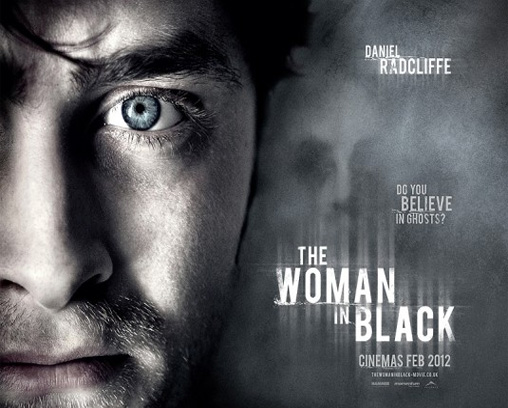
Susan Hill’s gothic masterpiece, “The Woman in Black,” is renowned for its chilling atmosphere and unsettling protagonist. While the story itself is fictional, Hill claimed it stemmed from a personal experience. During a stay in an old house in Eel Marsh, she felt a strong sense of unease and witnessed unexplained phenomena. These experiences, coupled with local legends of a “bent lady” haunting the area, fueled the creation of this iconic ghost story.
Read More: 15 Unsolved Mysteries That Still Haunt Historians
Fact 4: One of the most famous exorcism cases inspired an iconic horror movie.
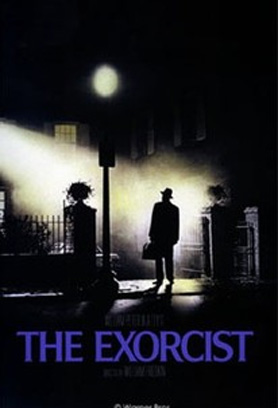
The 1973 horror film, “The Exorcist,” drew heavily from the real-life exorcism of a young boy in St. Louis during the late 1940s. The case gained significant media attention, and details about the boy’s erratic behavior and the alleged paranormal activity that plagued him were documented. While the veracity of the events remains a subject of debate, the case undeniably left a lasting mark on popular culture and served as a source of inspiration for this terrifying movie.
Fact 5: A ghost story set in a grand hotel has haunted real-life guests for decades.
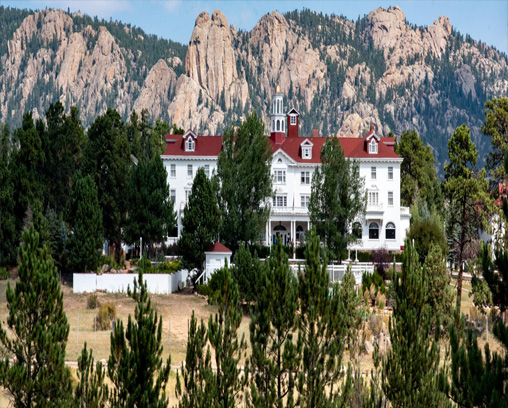
Stephen King’s “The Shining,” set in the isolated Overlook Hotel, has become a cornerstone of horror literature and cinema. Interestingly, the hotel that inspired the story, The Stanley Hotel in Estes Park, Colorado, has a rich history of reported paranormal activity. Guests and staff have recounted experiences ranging from disembodied voices and apparitions to objects moving on their own. Whether fueled by suggestion or something more, The Stanley Hotel’s reputation as a haunted location adds another layer of intrigue to King’s chilling tale.
Fact 6: A seemingly innocent children’s ghost story possesses a disturbing hidden meaning.
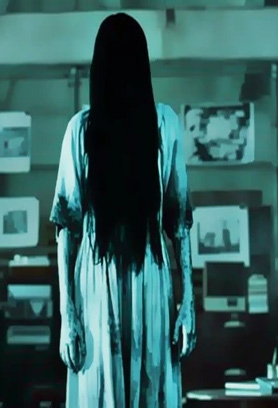
The story of “The Ring,” popularized by the Japanese horror film, may seem like a straightforward ghost story on the surface. However, some interpretations delve deeper, suggesting a hidden commentary on child abuse and neglect. The well from which the ghost emerges can be seen as a symbol of abandonment, and the vengeful spirit, Sadako, represents the rage and sorrow of a neglected child. This darker interpretation adds a layer of complexity and unease to the story.
Fact 7: The author of a famous ghost story may have foreshadowed his own death within its pages.
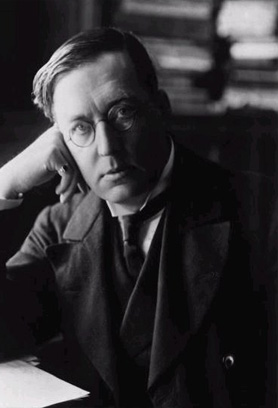
M.R. James, a master of the English ghost story, penned many tales of terror. In one of his most famous, “Casting the Runes,” a cursed man experiences terrifying visions before he is attacked by an unknown entity. Strangely, M.R. James would die a few years after, some claiming in a situation chillingly similar to that of his fictional victim. This eerie coincidence has led some to speculate whether James had some unconscious premonition of his own fate.
Read More: 15 Spine-Chilling Facts About the World’s Most Infamous Hauntings
Fact 8: Edgar Allan Poe’s death is shrouded in as much mystery as his macabre tales.
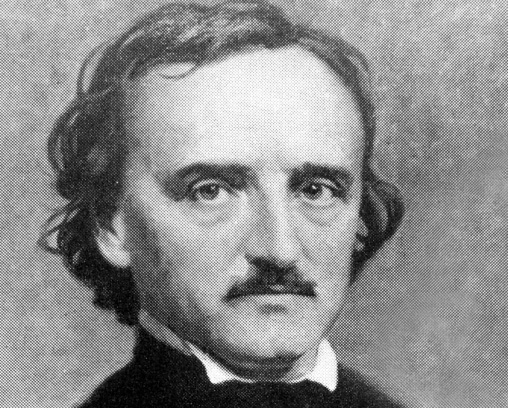
Master of the macabre, Edgar Allan Poe’s life ended in circumstances as strange as his gothic tales. Found delirious and wearing someone else’s clothes, Poe’s death a few days later remains a mystery. Theories abound, including rabies, alcohol poisoning, or even a political conspiracy. His enigmatic final days provide another layer of darkness to the writer who so skillfully penned terrifying stories.
Fact 9: A classic gothic ghost story was born from a playful writing competition amongst famous authors.
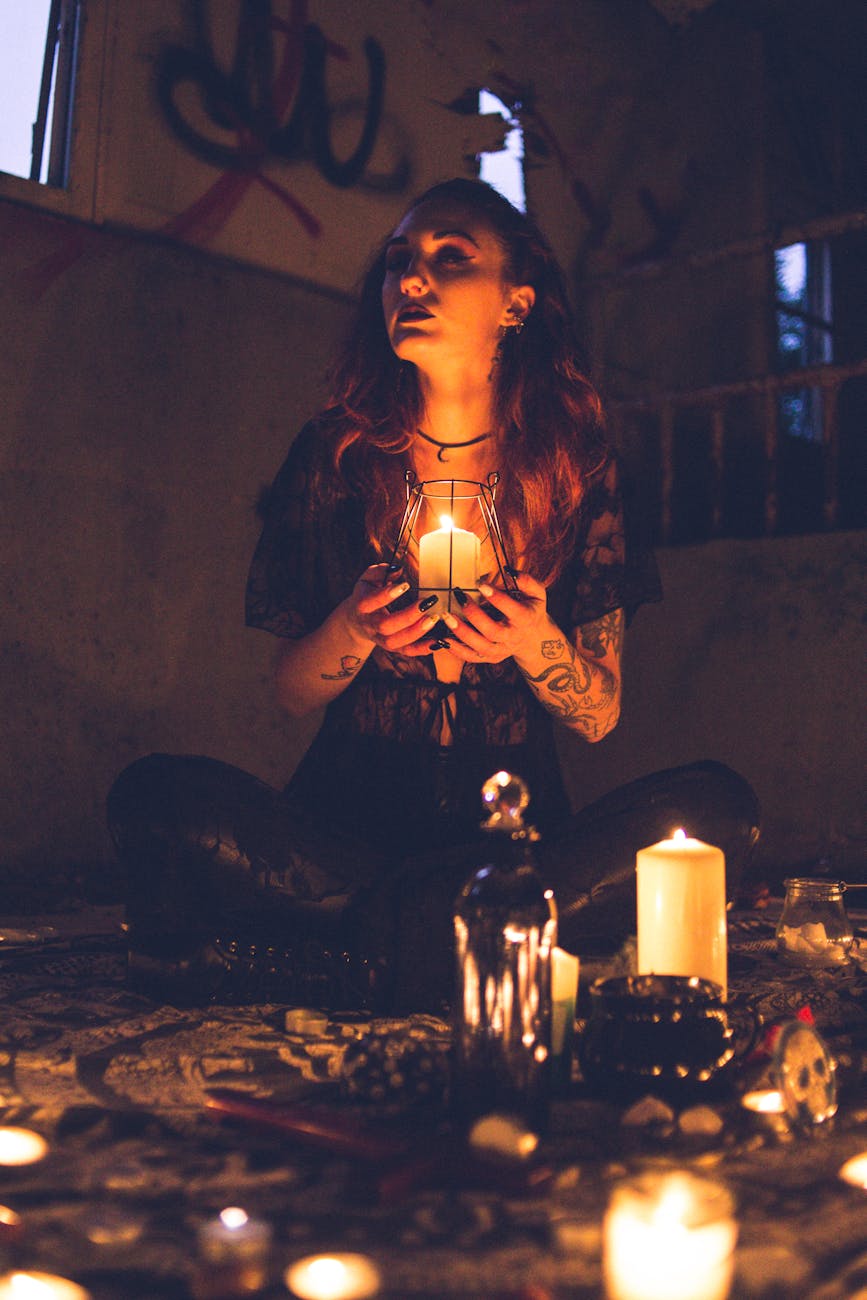
On a gloomy night during the “Year Without a Summer” in 1816, a group of literary giants including Lord Byron, Percy Shelley, and Mary Shelley challenged each other to a ghost story writing contest. From that gathering emerged Mary Shelley’s enduring masterpiece, “Frankenstein.” This iconic story not only redefined Gothic horror but also had its genesis in a lighthearted challenge among friends.
Fact 10: Evidence of a real-life haunting inspired one of the most beloved Christmas ghost stories.
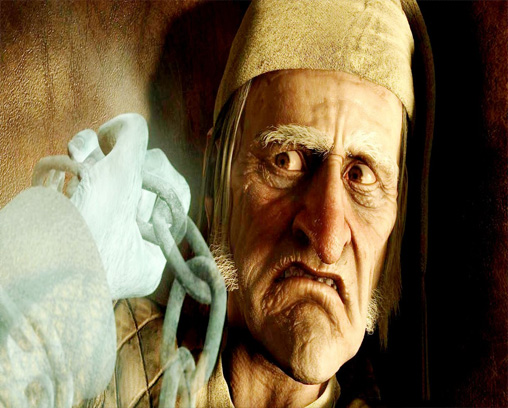
Charles Dickens’ “A Christmas Carol” centers on the redemption of the miserly Ebenezer Scrooge through visitations from three ghosts. Dickens was inspired to pen this tale after reading a report about child labor and the harsh realities of life for the poor in Victorian England. The plight of these real-life children likely shaped the spectral forms of want and ignorance that haunt Scrooge and teach him a vital lesson in compassion.
Fact 11: A famous ghost ship may have been inspired by an actual vessel with a tragic fate.
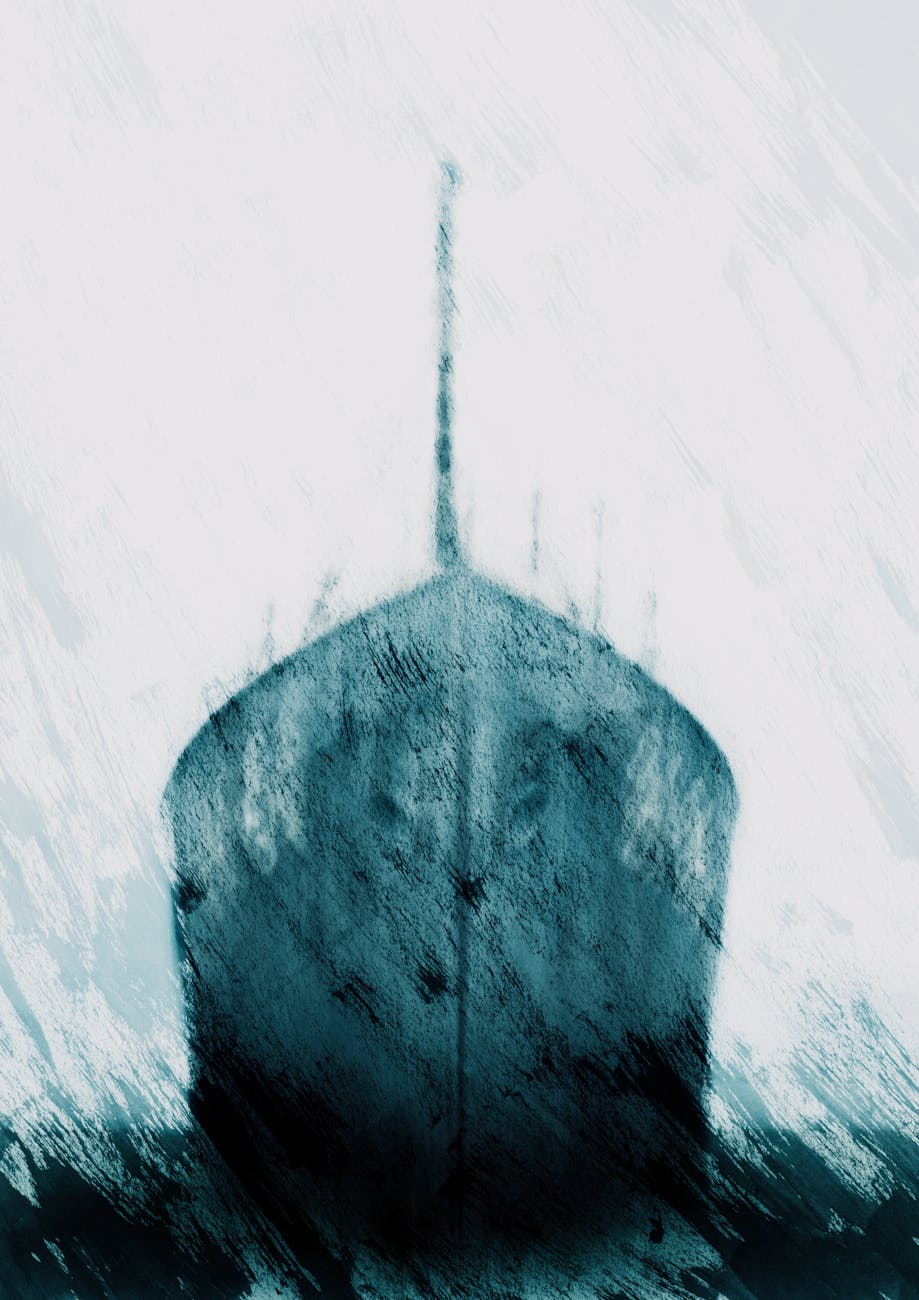
The Flying Dutchman, the legendary vessel doomed to sail the seas forever, is a recurring motif in maritime folklore. While a purely fictional ship may not exist, several real-life derelict ships could have served as inspiration. One such vessel was the HMS Octavius, an abandoned ship discovered off the coast of Greenland with an intact crew and chilling captain’s log. These tales of lost ships add further dimension to the enduring legend of the Flying Dutchman.
Read More: 15 Legendary Lost Treasures: Fact, Fiction, and the Hunt Continues
Fact 12: Urban legends about vanishing hitchhikers are rooted in unsettling real-life disappearances.

Countless urban legends revolve around phantom hitchhikers who mysteriously vanish from cars. These tales often have their roots in real tragedies. Unsolved disappearances or roadside memorials may provide the seed of unease that gives shape to these chilling narratives, a reminder that dangers exist in the shadows of the everyday.
Fact 13: Many ghost stories draw from ancient folklore and cultural beliefs about the afterlife.
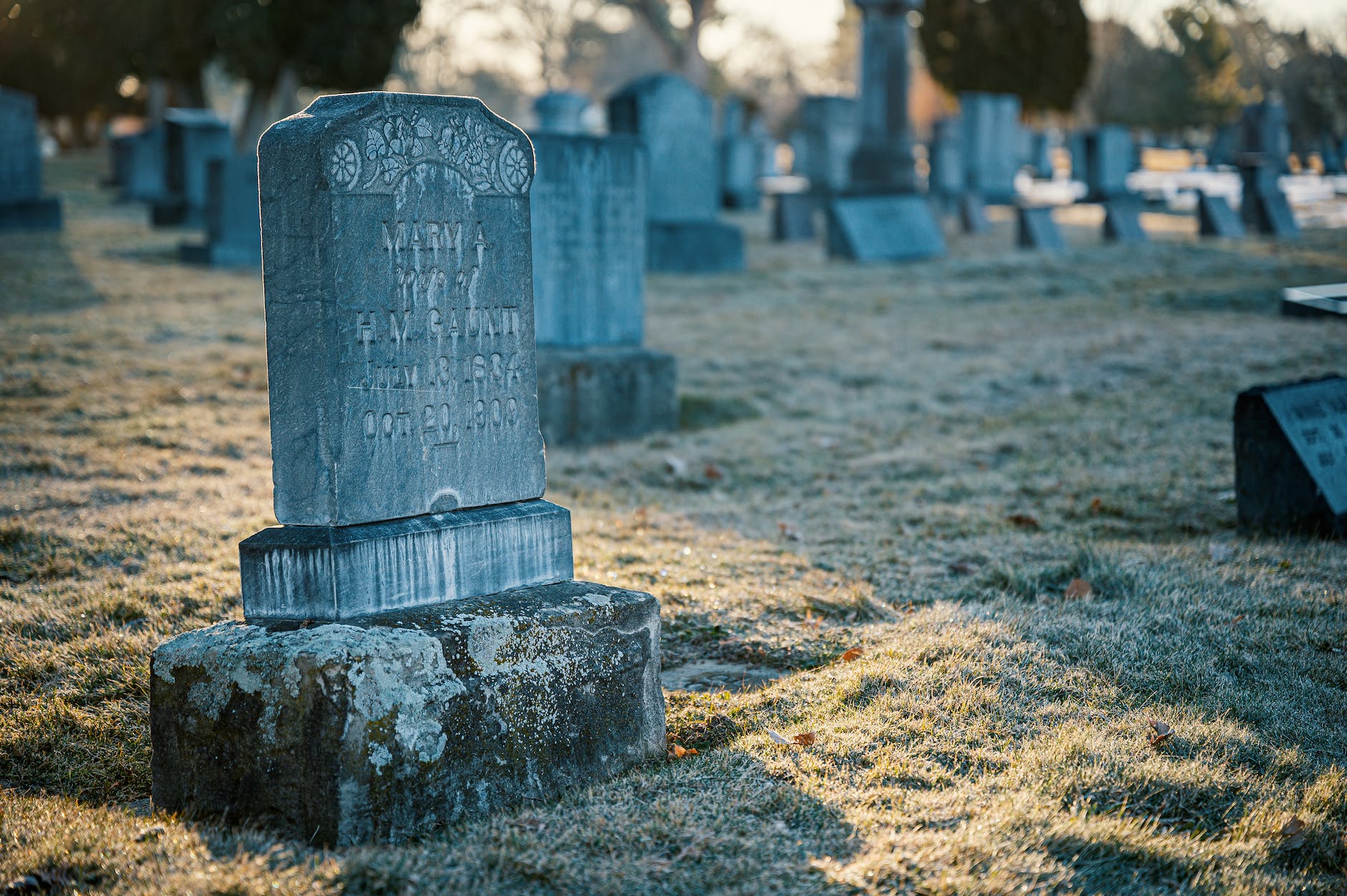
Ghost stories aren’t just a modern invention; they are deeply intertwined with a rich tapestry of folklore and tradition. Ancient cultures worldwide held beliefs about spirits of the deceased and their potential interactions with the living. Mythological figures like vengeful spirits, restless souls, and guides to the afterlife still appear in various ghost stories, demonstrating the enduring power of these ancient ideas.
Fact 14: Some believe sounds and infrasound can create “haunted” experiences and unsettling sensations.
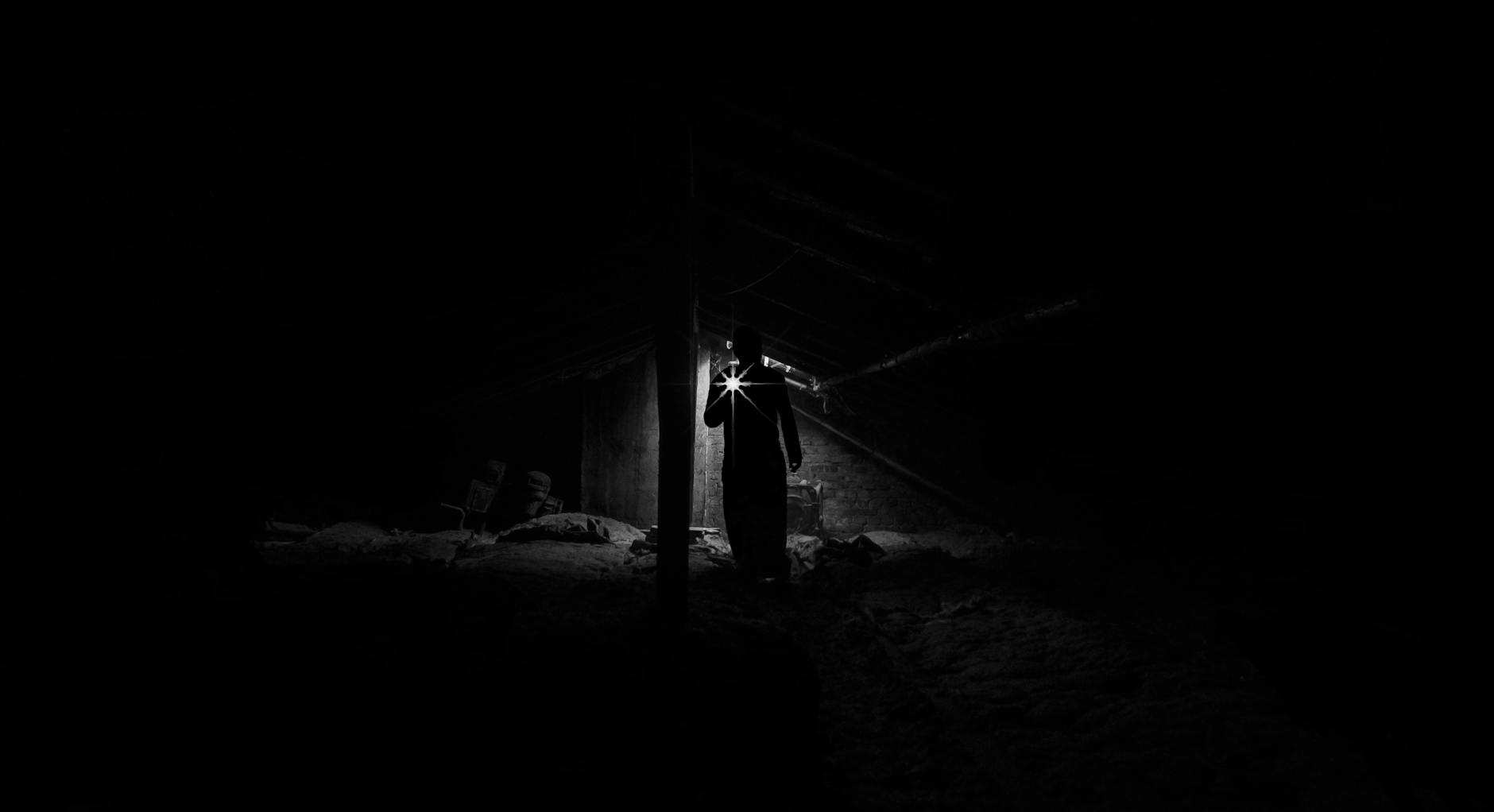
While ghost stories often center on visual apparitions, the aural component can be equally significant. Some researchers posit that naturally occurring low-frequency sounds (infrasound) can trigger sensations of unease, anxiety, and even phantom presences in humans. Creaking timbers, wind whistling through old structures, or subtle vibrations can induce a state of discomfort, blurring the line between natural phenomena and spectral encounters.
Fact 15: The fear spurred by ghost stories has an evolutionary basis and speaks to our primal instincts.
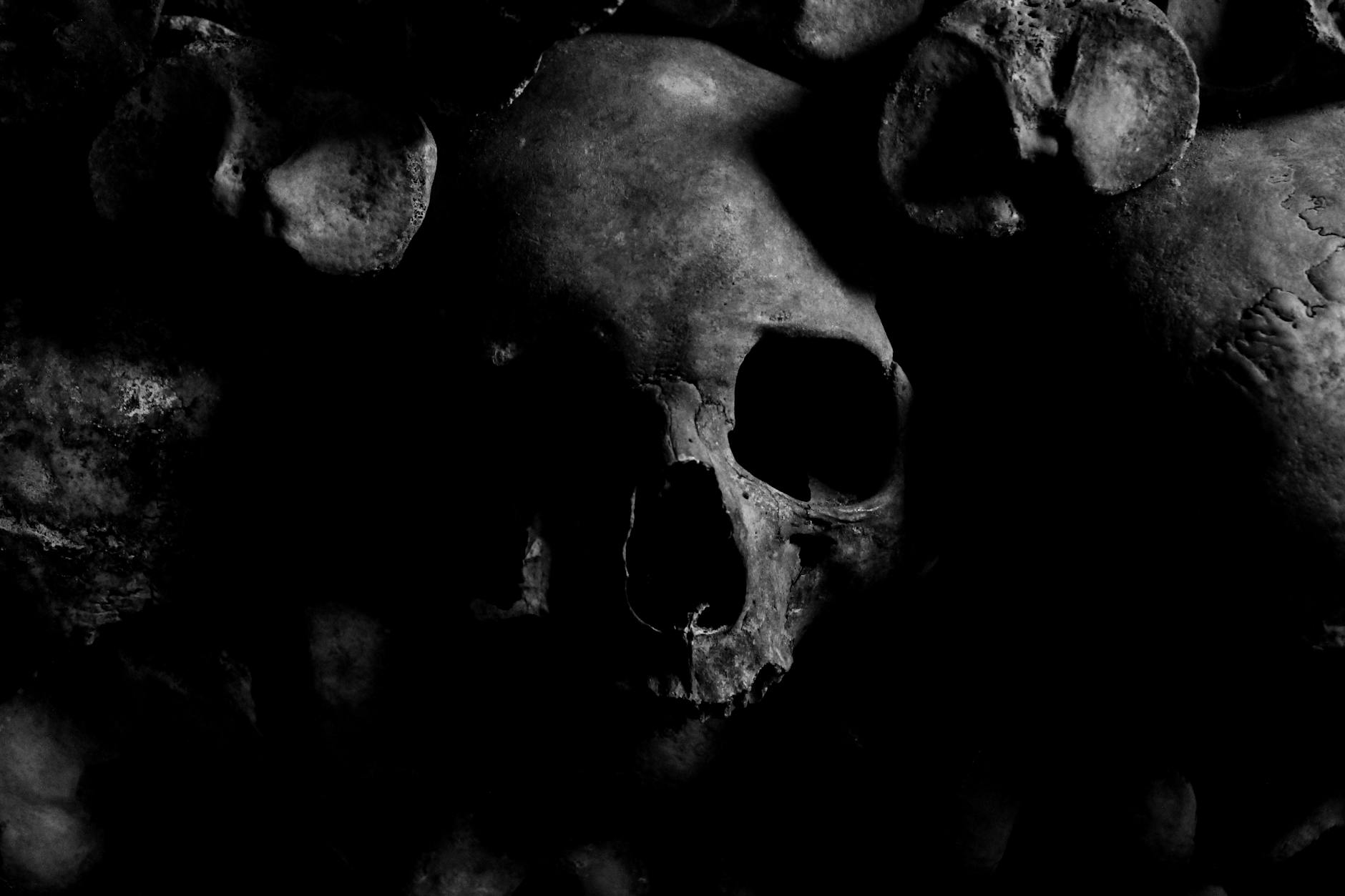
Our fascination with and fear of ghost stories isn’t merely for thrills. Evolutionary psychologists suggest that our ancestors developed a heightened awareness of danger and the unknown to enhance their chances of survival. This innate sensitivity to potential threats may manifest in our modern-day reactions to ghost stories. The shiver of fear we feel is an echo of our ancestors’ survival instincts, reminding us that our world may not be as neatly defined as we think.
Conclusion
The line between fiction and reality blurs when it comes to the world’s most famous ghost stories. From horrific historical figures to chilling personal encounters, these tales remind us that the shadows hold secrets that may be more terrifying than any work of imagination. The next time you lose yourself in a spine-tingling story, be prepared – the truth might be lurking closer than you think.
15 FAQs (Frequently Asked Questions):
-
What makes a ghost story truly scary?
Great ghost stories build suspense, create an unsettling atmosphere, and often tap into our deepest fears – fear of the unknown, fear of death, and fear of being alone. They make us question what’s real and what might be lurking in the shadows.
-
Are any famous ghost stories based on true events?
Yes! Many famous ghost stories draw inspiration from real-life events, historical figures, or local legends. For example, Bram Stoker’s “Dracula” was partly inspired by the real, bloodthirsty ruler Vlad the Impaler.
-
Is there a scientific explanation for why people see ghosts?
While there’s no definitive proof of ghosts, some scientists suggest natural phenomena like infrasound (very low-frequency sounds) or unusual electromagnetic fields can create sensations people associate with paranormal activity.
-
Can ghost stories be dangerous?
For most people, ghost stories are harmless entertainment. However, if someone is already deeply anxious or prone to believing in the supernatural, disturbing stories might increase their fear and anxiety.
-
What’s the difference between ghosts, spirits, and poltergeists?
It depends on the lore! Generally, ghosts are believed to be the spirits of deceased people. Poltergeists are mischievous or noisy spirits associated with physical disturbances like objects moving. The meaning of “spirit” varies more broadly depending on cultural and individual beliefs.
-
Where can I find collections of spooky ghost stories?
Check your local library, online bookstores, and websites dedicated to ghost stories and folklore. Look for authors like Edgar Allan Poe, M.R. James, and Susan Hill for classic tales!
-
What are some famous ghost stories from around the world?
Each culture has its own rich traditions! Some famous ones include:
“The Woman in Black” (England)
“Yotsuya Kaidan” (Japan)
“La Llorona” (Mexico and Latin America) -
Do ghosts only appear at night?
Not necessarily! While ghost stories often feature nighttime settings, reported encounters happen anytime. However, darkness adds to the fear factor and makes things harder to see clearly.
-
How did ghost stories start?
Humans have told stories about spirits and the afterlife for thousands of years, likely stemming from a desire to understand death and connect with lost loved ones.
-
Why are some places considered haunted?
Places with a history of violence, tragedy, or unresolved emotions are often considered hotbeds for ghost stories. Even without proof, the powerful emotions associated with a place can create a lingering feeling of unease.
-
How can I tell if a ghost story is real or made up?
It can be tricky! Research the story’s origins. If it’s based on a specific event or location, see if you can find historical records or news articles that support the claims. Remember that even “true” stories often get embellished over time.
-
I love ghost stories! Where do I find more?
You have lots of options:
Libraries: Head to the fiction, folklore, or even local history sections.
Online: Websites dedicated to ghost stories, horror, and urban legends offer extensive collections.
Podcasts: Many podcasts focus on paranormal tales and true crime with a spooky twist.
Documentaries: Search for documentaries about famous hauntings or ghost-hunting practices. -
What are some famous ghost ships (besides the Flying Dutchman)?
Here are a couple of notable ones:
Mary Celeste: A ship found mysteriously abandoned in 1872, with no sign of the crew.
SS Ourang Medan: Legend tells of a vessel in the 1940s where the entire crew was found dead, faces frozen in terror. -
Do animals sense ghosts?
There’s no scientific proof, but many people believe animals are more sensitive to the unseen. You might have seen videos of cats staring at empty spaces or dogs barking seemingly at nothing. Some think this could be a reaction to a presence we can’t perceive.
-
I’m too scared after reading ghost stories. What do I do?
It’s normal to feel a little spooked! Do something lighthearted and distracting, like watching a comedy or spending time with friends. Remind yourself that ghost stories are meant to be thrilling, but they’re not real.




